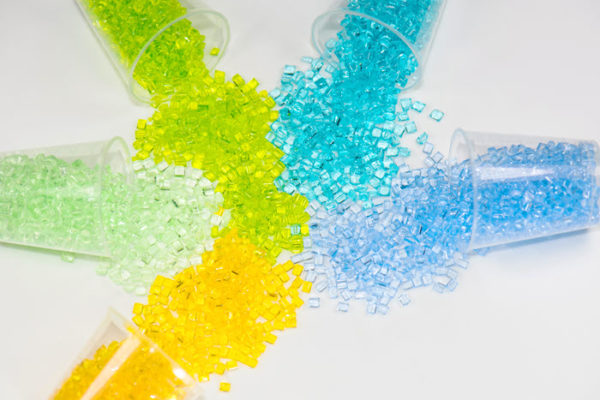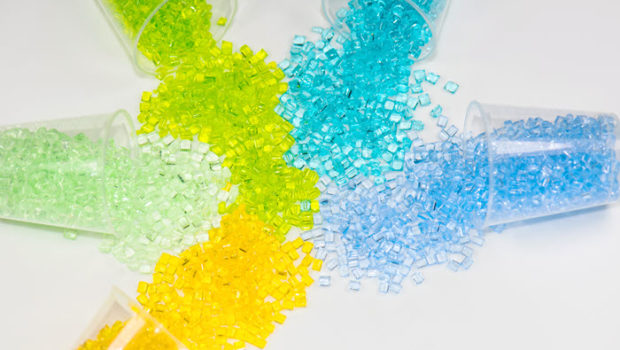How does a plastic masterbatch manufacturer operate?
Color master batches are the most economical solution for small batch manufacturing. They are supplied readily by many different manufacturers and switching suppliers or having multiple sources is usually a standard operating procedure. This standard industry offering as master batch gives manufacturers a ready product standard operating procedure, essentially a plastics supply chain platform.
In the plastics business, where manufacturers utilize a huge volume of standard materials, for example, polyethylene (PE) or polypropylene (PP), over 65% of the material is dyed utilizing master batches. In the commodity goods sector, where you are bound to find relatively low number of different color batches and a wide array of polymers, for example, PVC, ABS and custom designed materials, the rate utilizing master batches is around 30%. According to most consumer goods marketing managers in plastics additive suppliers this trend is essentially fixed and will not change with time.

David Smith, market analyst at Manufacturers Association for Plastic Processors (MAPP), says manufacturers may want to utilize a master batch when they buy big batches, delivering them with economies of scale over more costly precolored formulations. “On the off chance that they utilize similar base products with different additive colors and tones, they would economize with additional manufacturing flexibility,” he says.
Other plastics manufacturing executives, say that Europe has the largest single market for products needing precise custom colors, including custom designed plastic tones. “When utilizing master batches these specifications are exceptionally hard to meet. In Asia and the Middle East these specifications still can’t be met,” they say. Their consensus,manufacturers of extruded plastics types utilizing master batches in light of the fact that pre colored mixes for polyolefins or polystyrene “are extremely uncommon.”
A blend of two factors by and large decides how a masterbatch manufacturer determines his final result, most plastics color engineers say. Traditionally, the utilization of mixes was advanced by resin formulation providers who had their own products to offer. These were added to base plastics manufacturing materials. Essentially, adding coloration as a feature of their main plastics product line cards. However, in the previous few years numerous providers have divested their non-mainstream products which reduced their masterbatch color offerings. .Another factor, say most manufacturing executives, is that suppliers and OEMs serving the electrical market still assume they have to utilize precolored compound to meet regulatory and end client quality requirements. This assumption has changed and now the trend is diffusing through the industry. These two trends are pushing the masterbatch industry.
Historically, pre-color mixes gave ideal tone control, however with innovation in mixing hardware, masterbatch “now equals and, by and large, surpasses precolor when it comes to control.” Yet as experts warn that despite the fact that most suppliers had the option to reduce costs and improve quality by shifting manufacturing from precolored mixes to masterbatches, every circumstance should be assessed on its own specific needs. This includes every factor, for example, clean-up time, stock, adaptability in shading design, final product quality, turnaround time, and energy use.












